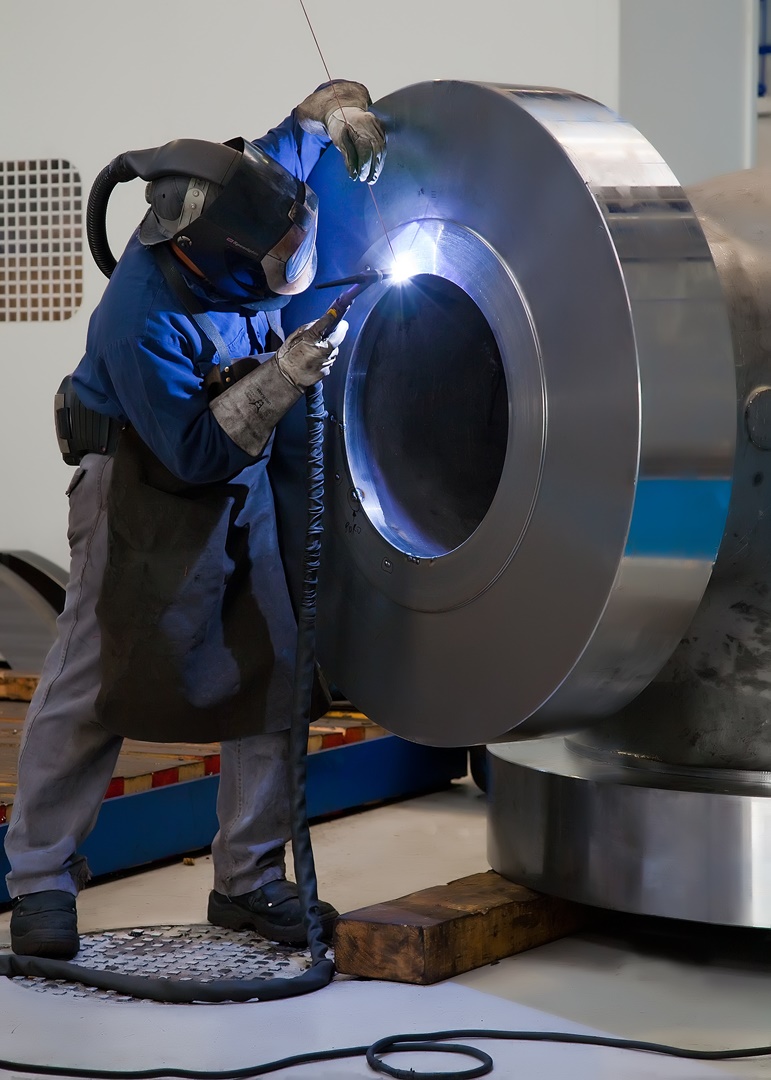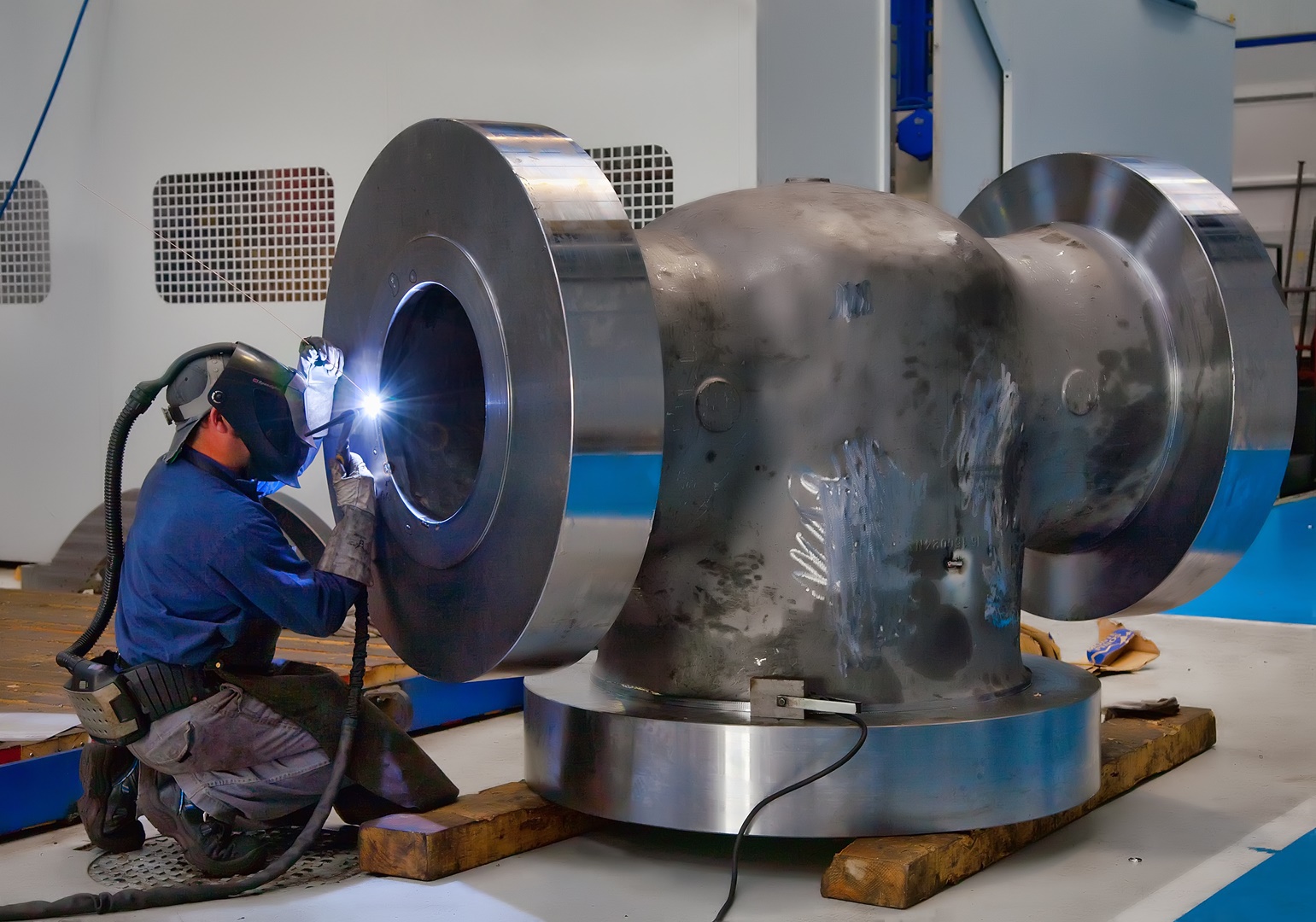At ARRI Machining, where excellence in machining merges with innovation, we recognise the complexity of machining parts, especially regarding large valves and valve bodies. This procedure, a secondary operation with high added value, not only completes the production of the parts but also involves strict quality control.
How does the process of machining parts from the customer's drawing work?
Machining parts from the customer's drawing is a crucial step at Talleres Mecánicos Arri, where we combine technical skill and experience to bring essential components to life, especially in large valves bodies and valve bodies machining. This process, which can originate from two fundamental technologies, forging and casting, focuses on transforming the customer's ideas into functional physical parts.
In the case of castings, the customer supplies the parts and provides us with the corresponding drawings for machining. Although it may seem obvious, it is essential to emphasise that, in this context, the parts supplied by the customer are necessary to ensure consistency with their requirements and to facilitate the subsequent assembly process.
However, material defects such as cracks or pores are always possible in the casting world. At this point, the customer faces the need to make crucial decisions. It is essential to understand that, in many cases, the customer's decision is not a matter of personal preference; specific regulations and standards governing the order dictate it. It is critical when the industry's criteria determine whether the component "passes" or "fails".
When the machining process detects a defect, the customer faces different options, each with significant implications:
- Accept the defect: If the defect falls within the customer's acceptance criteria, they may accept the part despite the defects detected.
- Modify the drawing: In some cases, the customer might modify the original drawing and request that we continue the machining process. They hope that the modification will make the defect disappear or improve the quality of the part.
- Reject the part: If the customer considers that there is no way that the part is valid for its intended use, he has the option to reject it. Until now, this has been the only alternative available in many cases.
- Repair the part by welding: If the customer's requirements and the characteristics of the material allow it, recovery by welding is an alternative to rejecting the part. The foundry, the customer, or the machining supplier can do this.
At ARRI Machining, we have incorporated this latest solution: the welding recovery process. This alternative not only represents a more sustainable approach, avoiding the direct rejection of the part, but also offers the possibility of correcting defects using approved welding processes, avoiding transport costs and times. It is an optimal solution for the end customer.
Weld recovery is the key to overcoming imperfections in machining parts.
This weld recovery process gives the part a second chance and demonstrates our commitment to efficiency and quality in every project. Instead of discarding a part with defects, we can now apply our experience and know-how to correct and improve it, providing our customers with more flexible and sustainable solutions in the part and valve machining process.
Despite our efforts to guarantee perfection in every step of the process, we are aware that the very nature of the raw material can lead to the appearance of defects. In some cases, imperfect parts are discarded or reprocessed with significant costs and movements, but we have gone further at ARRI Machining. We have implemented a homologated welding recovery process, an essential pillar allowing us to address and solve defects that may arise during the machining process.
When faced with the challenge of machining parts to customer-supplied drawings, whether from forging or casting, we are committed to a precise and high-quality process. It is crucial to note that defects in the material, such as cracks or pores, may occur in castings supplied by the customer for machining to drawing. At this juncture, the customer encounters the necessity to make fundamental decisions.
Welding recovery is not only a functional option but also brings significant advantages to the customer. Our approved process aims to correct defects and save the customer time. Through this alternative, we can increase competitiveness, shorten lead times, reduce costs, and improve service while maintaining strict quality control at every stage.

ARRI Machining is a certified company you can trust.
We have approved welders and adapted means, allowing us to intervene immediately if any incident is detected. At Arri Machining, we assume a solid commitment to our customers, interrupting our normal production process, if necessary, to carry out the required welding repairs.
We have overcome previous limitations in our approved welding capacity. Previously, if welding required an approved process, we had to subcontract the service. At Arri, we have obtained the necessary homologation to perform these processes in-house, backed up by official documents such as the PQR, WPS, and WPQ developed in collaboration with the Lortek technology centre.
Our certification aligns with two recognised industry benchmarks: ASME Section IX (Welding, Brazing, and Fusing Qualifications) and EN-ISO-15614-1:2018 (Specification and qualification of welding procedures for metallic materials). These standards authorise us to perform certified welding repairs on two material categories: carbon steel and stainless steel. Specifically, we can apply Estellite Gr6 to a base material of either carbon steel, stainless steel, or martensitic steel, as well as Inconel 625 to a carbon steel base material, employing TIG and MIG-MAG welding techniques.
In short, at ARRI Machining, the combination of experience, know-how, investment in advanced machinery and the capacity for approved welding recovery positions us as a reliable and complete partner in machining valves and valve bodies of large dimensions. Our commitment is to go beyond expectations, offering comprehensive solutions that guarantee excellence in every project we undertake.
